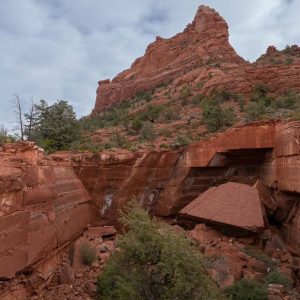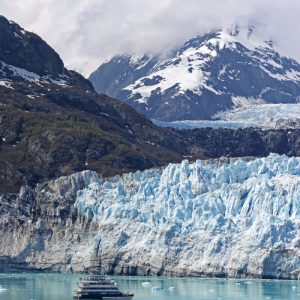Montana is one of the U.S.’s most rural states, and there is no shortage of spectacular scenery to view and wildlife to observe when visiting Big Sky Country.
So whether you’re drawn to Montana for the solitude or want to visit one of the spectacular National Parks, Montana is a fantastic choice for your next vacation.
Montana offers visitors a variety of indoor and outdoor activities and is the perfect palace for everything from a quiet, romantic weekend to a rowdy bachelor party.
Contents
- 15 Best Things to Do in Montana in 2023
- 1. Watch Old Faithful Erupt at Yellowstone National Park
- 2. Visit the Museum of the Rockies
- 3. See the Garden of One Thousand Buddhas
- 4. Take a Tour of Montana’s Capitol Building
- 5. Take a Hike Through Glacier National Park
- 6. Take in the Night Sky From Lake McDonald
- 7. Wander Around Lewis and Clark Caverns State Park
- 8. Listen to the Ringing Rocks
- 9. Take a Dip in the Boiling River
- 10. Learn About Native Animals at the Grizzly and Wolf Discovery Center
- 11. Take a Ski Trip to Big Sky Resort
- 12. Tour the Moss Mansion in Billings
- 13. Drive the Length of the Going-to-the-Sun Road
- 14. Go Underground at the World Museum of Mining
- 15. Get Spooked at a Ghost Town
- Things to Consider
- Frequently Asked Questions
- Over to You — Book Your Montana Adventure Today!
15 Best Things to Do in Montana in 2023
We’ve conducted extensive research to compile this list of the 15 best things to do in Montana to ensure you get the most out of your trip to Montana and see all that this beautiful state has to offer.
Think about adding one or most destinations from this list to your itinerary if you have planned an upcoming trip to Montana.
1. Watch Old Faithful Erupt at Yellowstone National Park
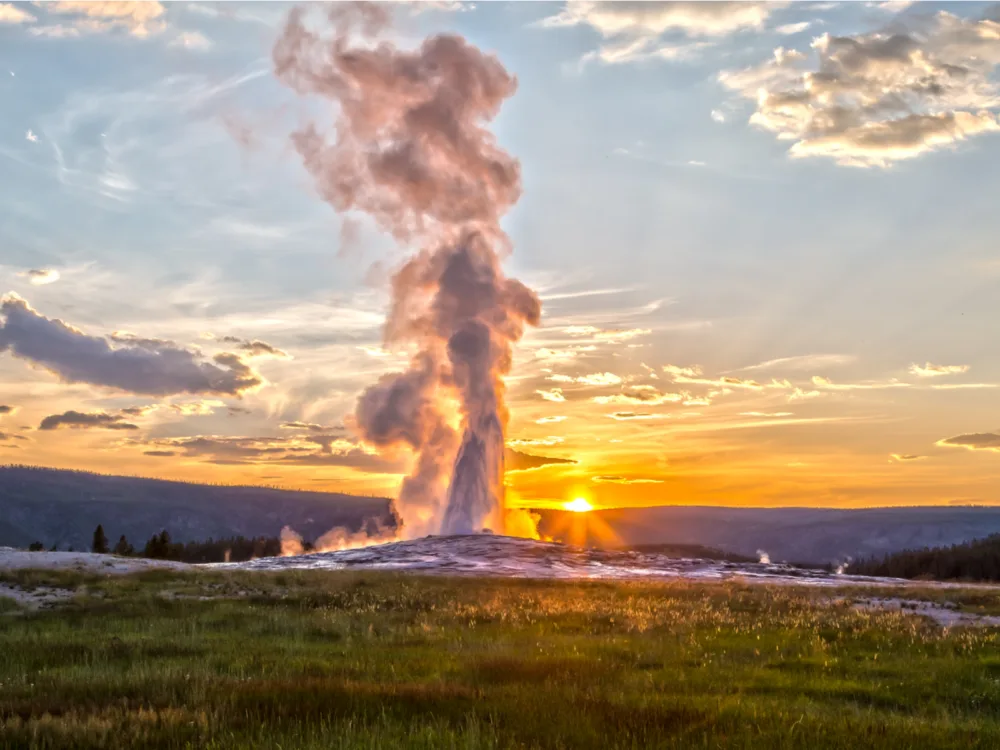
Susanne Pommer/Shutterstock
In 1872, Yellowstone became the first National park in the world. Today, millions of people have traveled from all over for the opportunity to see Old Faithful erupt.
This tourist attraction erupts roughly 20 times per day, and the National Parks Service keeps updated predictions of when the next eruption might be.
It’s possible that someday Old Faithful may stop erupting, so you’ll want to stop by and view it in action during your trip to Montana.
If you’re willing to spend a lot of money for modest accommodations, you can even book a geyser viewing room at the historic Old Faithful Inn.
2. Visit the Museum of the Rockies
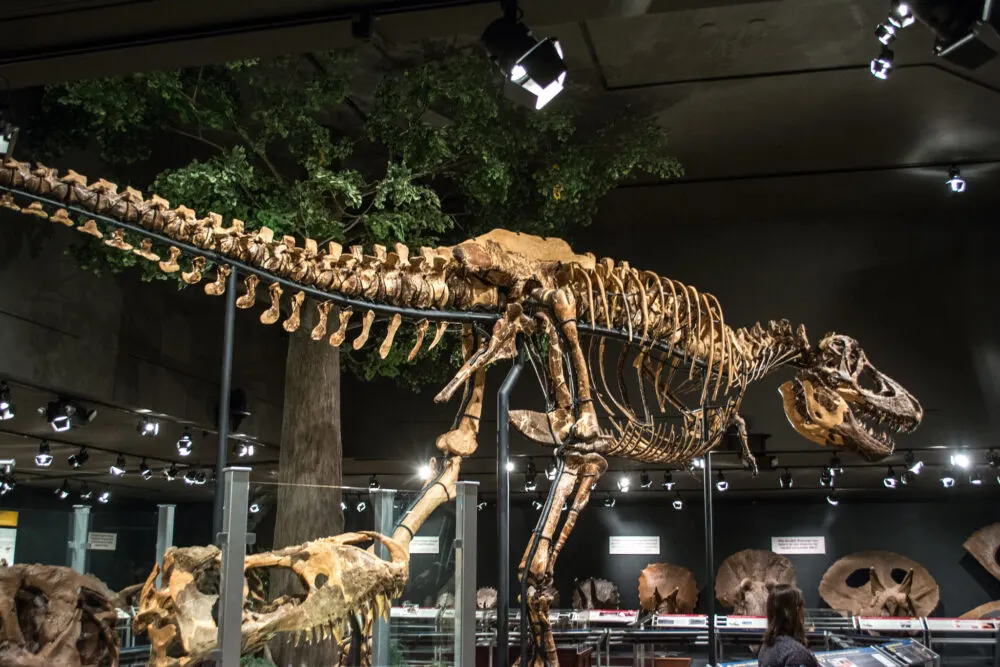
Tim Evanson/Shutterstock
The Museum of the Rockies is a must for any lovers of natural history, astronomy, or families traveling with kids.
You’ll be greeted by Big Mike, the museum’s life-size Tyrannosaurus rex sculpture, and enjoy exhibits such as Dinosaurs Under The Big Sky, Enduring Peoples, and Welcome to Yellowstone Country.
The Museum of the Rockies is affiliated with the Smithsonian and features a planetarium in addition to the main museum with an 85-seat, 40-foot domed projector that displays shows such as Big Astronomy and The Little Star That Could for younger children.
3. See the Garden of One Thousand Buddhas
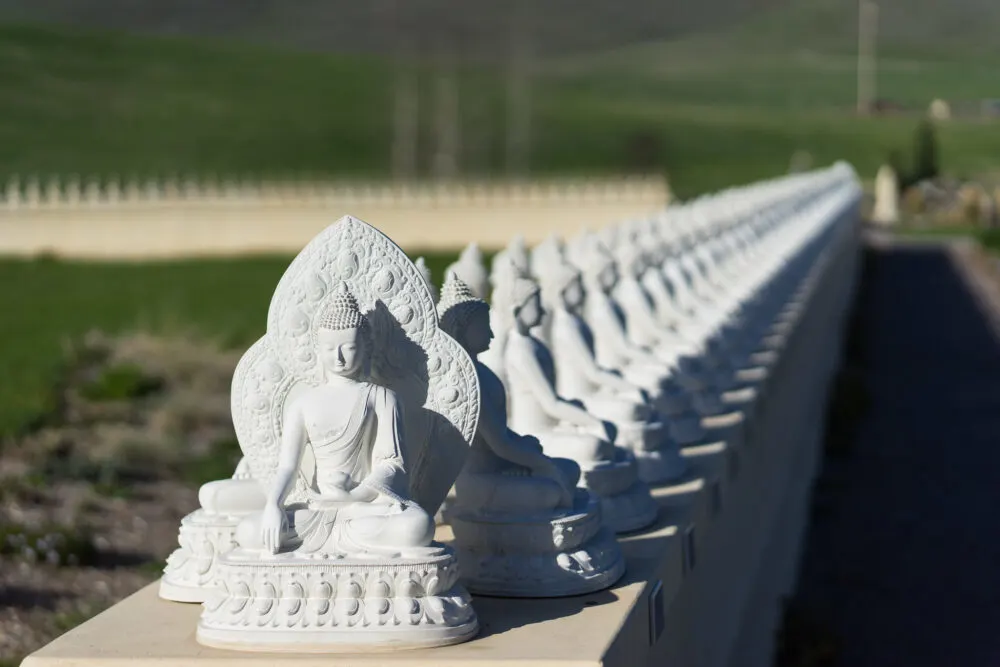
Troy Smith/Flickr
A few hours south of Glacier National Park, on the Flathead Reservation in Lake Country, Montana, is the Garden of One Thousand Buddhas. The Buddhist temple features equidistant Buddha statues in the shape of an eight-spoke wheel, representing the wheel of dharma.
The monument occupies 750 feet of land and leads to a central pavilion. In addition to the statuary, the site features surrounding gardens and takes up roughly ten acres.
4. Take a Tour of Montana’s Capitol Building
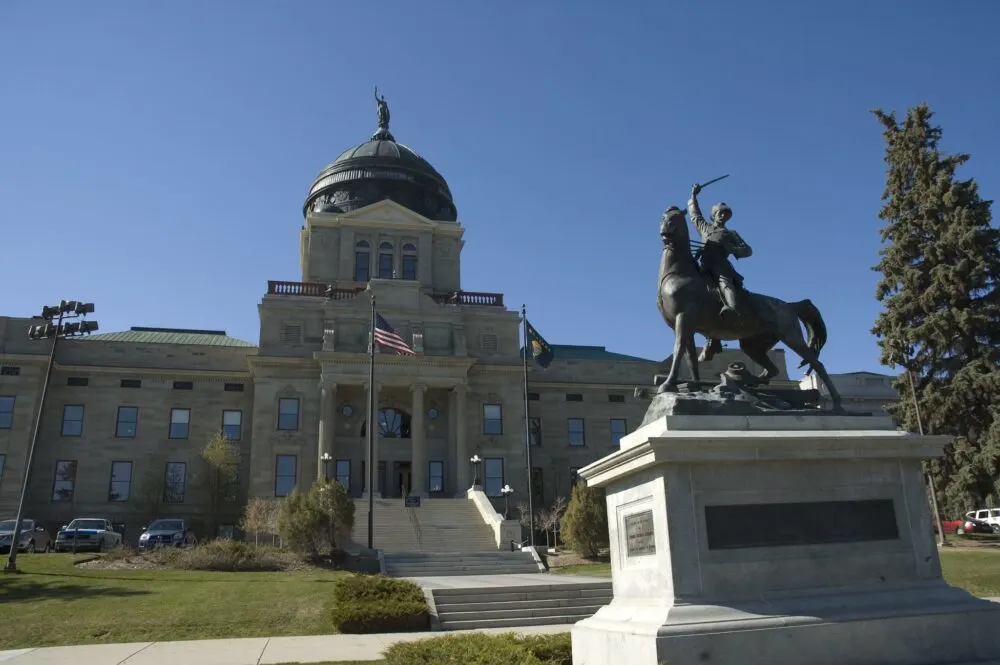
Jennifer Pack/Flickr
Montana’s capitol building is a beautiful work of architecture, and it lies in the heart of Montana’s state capital, Helena.
Visitors to Helena can wander through the halls of the capitol building on their own or partake in a guided tour to learn more about the structure’s history and architecture.
You can also appreciate various art and murals on your capitol building tour, including a mural by famed artist Charles M. Russel.
5. Take a Hike Through Glacier National Park
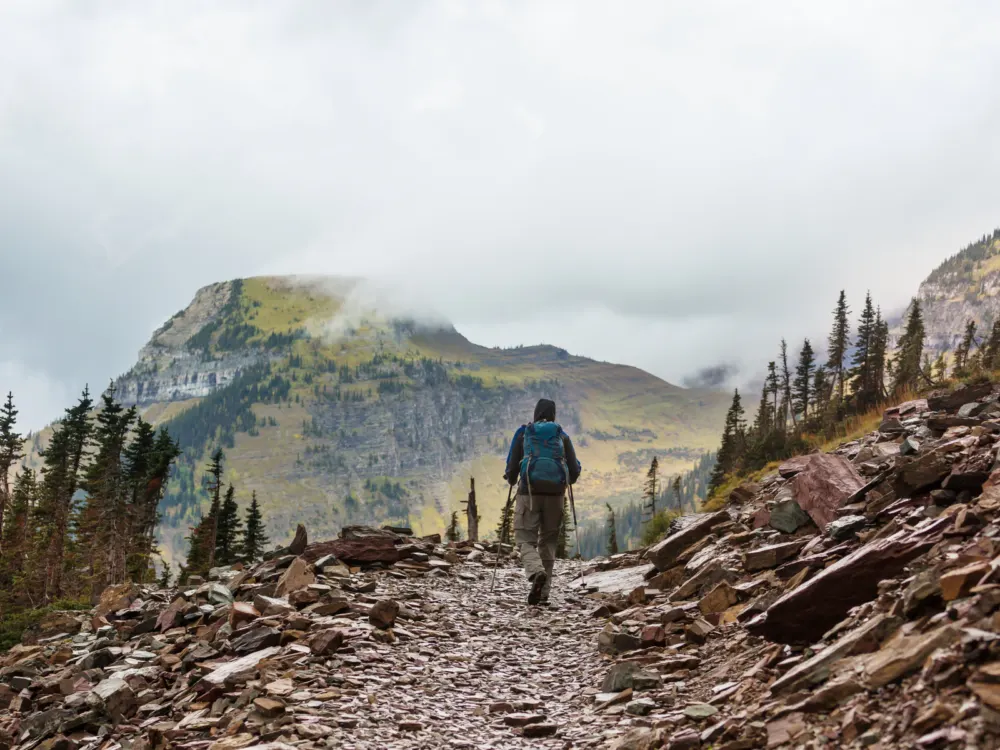
Galyna Andrushko/Shutterstock
Glacier National Park is the second of Montana’s National parks and is a sight to behold. Visitors in the summertime will be treated with the chance to see abundant wildlife and lush green forests surrounding alpine lakes.
Situated in the Rocky Mountains, Glacier National Park draws tourists from all over, and the most accessible areas of the park can be quite crowded.
Outdoor enthusiasts can adventure around the park on one of its numerous hiking trails, and particularly adventurous travelers can secure backcountry permits if they wish to camp in the park.
6. Take in the Night Sky From Lake McDonald
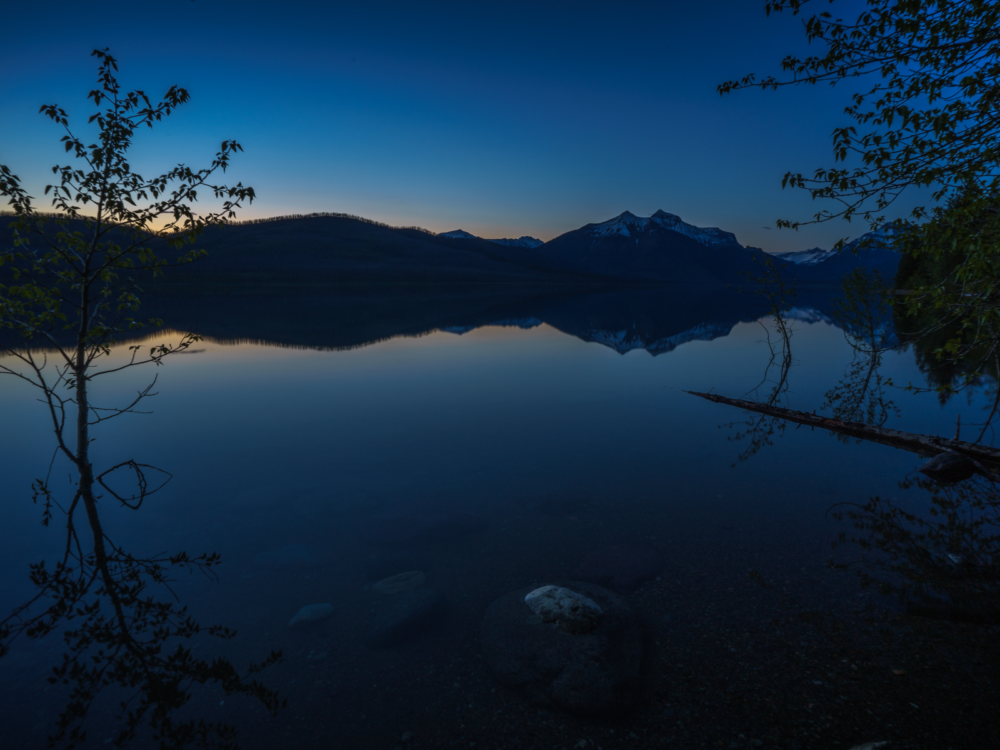
Panoptography/Shutterstock
Glacier National Park has well over 100 lakes within the park, but a fan favorite and one that most tourists make sure to see up close and personal is Lake McDonald.
Lake McDonald is notable for its beauty and size; it is ten miles long and almost 465 feet deep, making it the broadest and deepest lake in Glacier National Park.
The lake is the perfect place to post up on your trip to Glacier, as there’s a decent chance you’ll be able to see wildlife in their natural habitat, and the lake’s size means that you can enjoy the water without feeling overwhelmed by the crowds.
7. Wander Around Lewis and Clark Caverns State Park
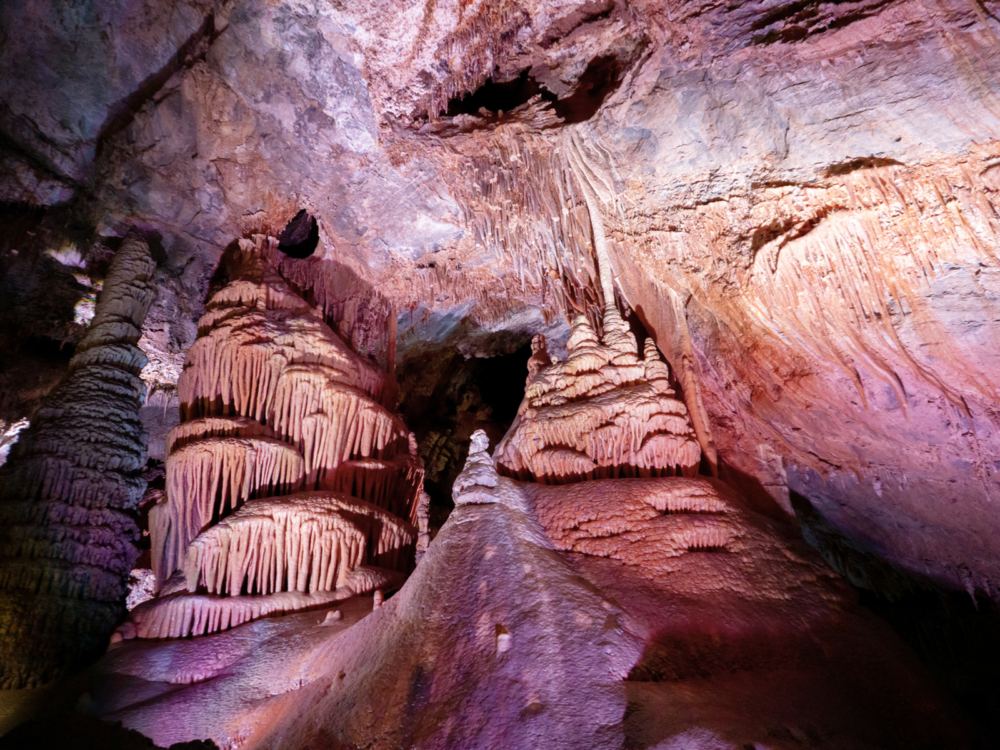
Ronnie Chua/Shutterstock
Located in Whitehall, Montana, the Lewis and Clark Caverns State Park is an absolute must for outdoor enthusiasts visiting the area. While visitors can enjoy all that the park has to offer above ground on their own, park staff will need to accompany you on any cavern tours.
A visit to the park offers visitors the opportunity to enjoy many of Montana’s recreational activities like hiking, biking, camping, fishing, and learning about the wildlife native to the area, like the resident bats.
8. Listen to the Ringing Rocks
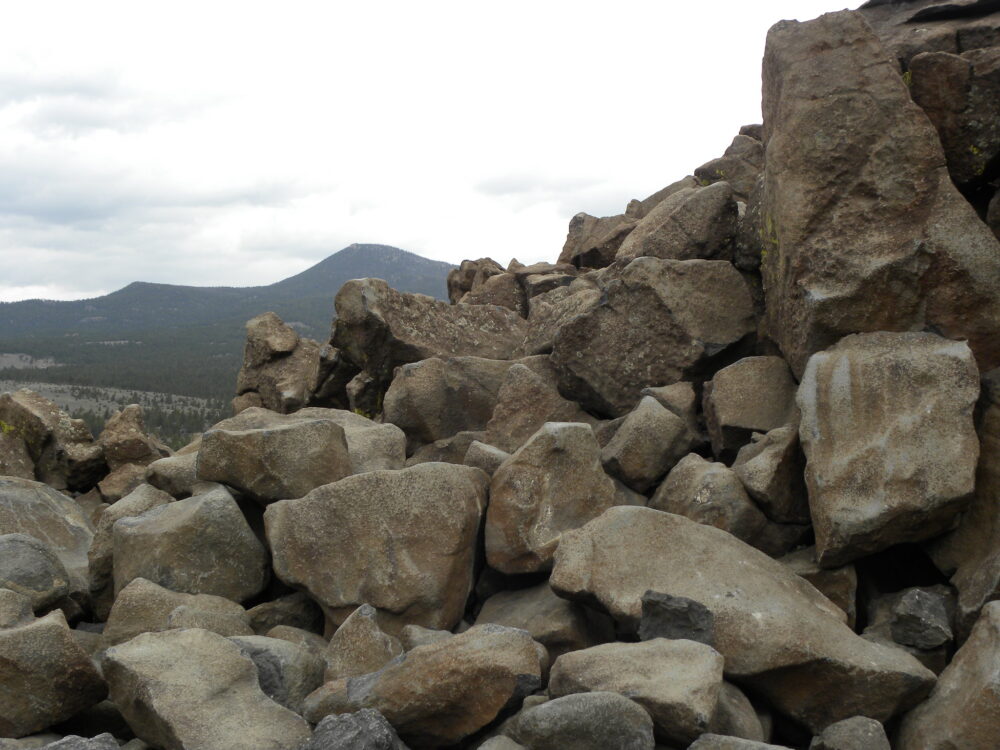
Bureau of Land Management/Flickr
If you’re planning on staying in Butte during your trip to Montana, you’ll want to take a trip to the Ringing Rocks in the surrounding mountains. These rocks are the perfect activity for kids and adults and emit a ringing noise when gently tapped with hammers.
The noise is believed to result from how these rocks have eroded over time in conjunction with their chemical composition.
Be sure to leave the rocks where they are! Unfortunately, some visitors are tempted to bring a rock home as a souvenir, but this can have lasting consequences on preserving this natural site.
9. Take a Dip in the Boiling River

goodluz/Shutterstock
One of Yellowstone’s most desirable swimming destinations is the boiling river, which you can find in the Montana portion of the park near Mammoth Hot Springs.
Although the National Parks service always recommends being cautious when entering bodies of water in the park, visitors love this spot for its unique mix of cold and hot waters as the water from the hot springs meets the water from the river.
This is the perfect spot for a cool, sunny day where you can alternate between water temperatures based on your body temperature.
10. Learn About Native Animals at the Grizzly and Wolf Discovery Center

Kim Lewis Photography/Shutterstock
The Grizzly and Wolf Discovery Center is the perfect place to stop with kids to educate them about the native animals and wildlife habitats in the region.
This non-profit focuses its efforts on the native gray wolf, grizzly bear, and raptors. Visitors to the discovery center can observe ambassador animals in their natural habitats, explore exhibits, and view educational movies.
The exact demonstrations and showings may vary based on the date of your visit, but you’re sure to have a memorable and educational experience at the Grizzly and Wolf Discovery Center.
11. Take a Ski Trip to Big Sky Resort

Robert Vincelli/Shutterstock
Big Sky Resort is a major destination amongst winter sports lovers and has some incredible slopes that visitors can take advantage of. Not only is the skiing and snowboarding on Lone Mountain worth a trip, but staying in the resort is the perfect winter escape.
However, despite it being a popular winter destination, visitors can take advantage of the summer off-season at Big Sky resort by participating in summer activities like golfing, hiking, mountain biking, archery, zipline tours, and more.
12. Tour the Moss Mansion in Billings
Moss Mansion is a top tourist attraction in Billings, and the house, which Preston Boyd Moss originally owned, has since been turned into a museum. The museum is in part an appreciation of the architecture and part documentation of one of Billings’ most prominent families.
The house itself was designed by Henry Janeway Hardenbergh, who designed numerous famed buildings, including the original Waldorf-Astoria.
13. Drive the Length of the Going-to-the-Sun Road
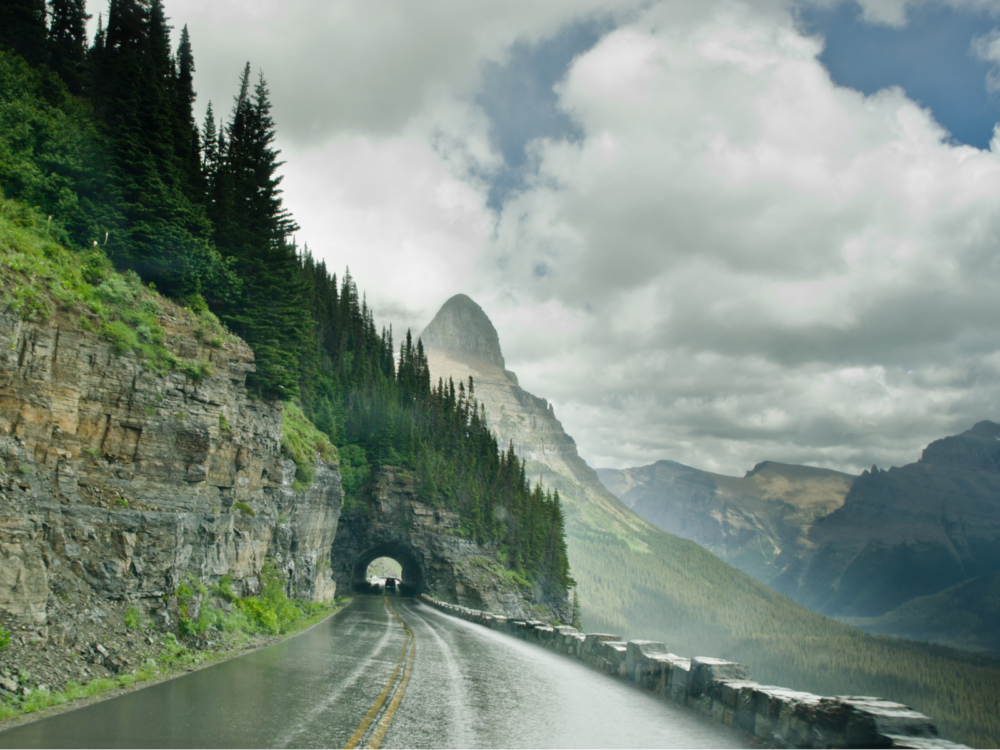
cvrestan/Shutterstock
Visitors to Glacier National Park have long viewed the Going-to-the-Sun Road as one of the park’s primary attractions. This spectacular stretch of highway spans 50 miles and shows off some of the finest scenery and wildlife that Montana offers.
If you’re not much of an outdoors person, this road is the perfect way to experience the park from the safety of your vehicle. Prepare for slow movement when driving the road during the peak summer season!
14. Go Underground at the World Museum of Mining
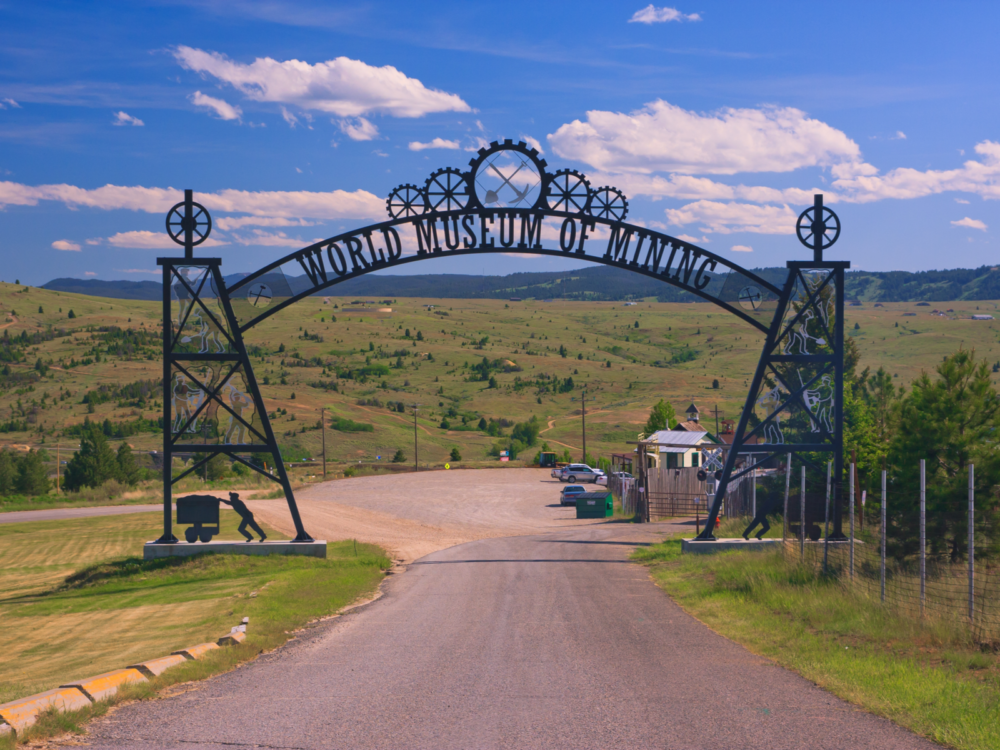
Radoslaw Lecyk/Shutterstock
The World Museum of Mining lets visitors step back in time and view not only an abandoned Orphan Girl silver and zinc mine but a replicated historic mining town.
You can wander around the town, which combines some original features with historical replicas, see what small Montana mining communities used to look like, and view the underground mining exhibit.
Mining has a strong history in Montana, and this museum is the perfect way to learn more about it.
15. Get Spooked at a Ghost Town

magmarcz/Shutterstock
Montana is home to twelve different ghost towns scattered across the state, and each one has its own unique charm. Surrounded by dilapidated houses and saloons, you can walk around these towns and feel you have stepped back into the Old West.
If you’re a huge fan of ghost towns, map out a road trip that takes you to each ghost town and learn about their history along the way!
Things to Consider
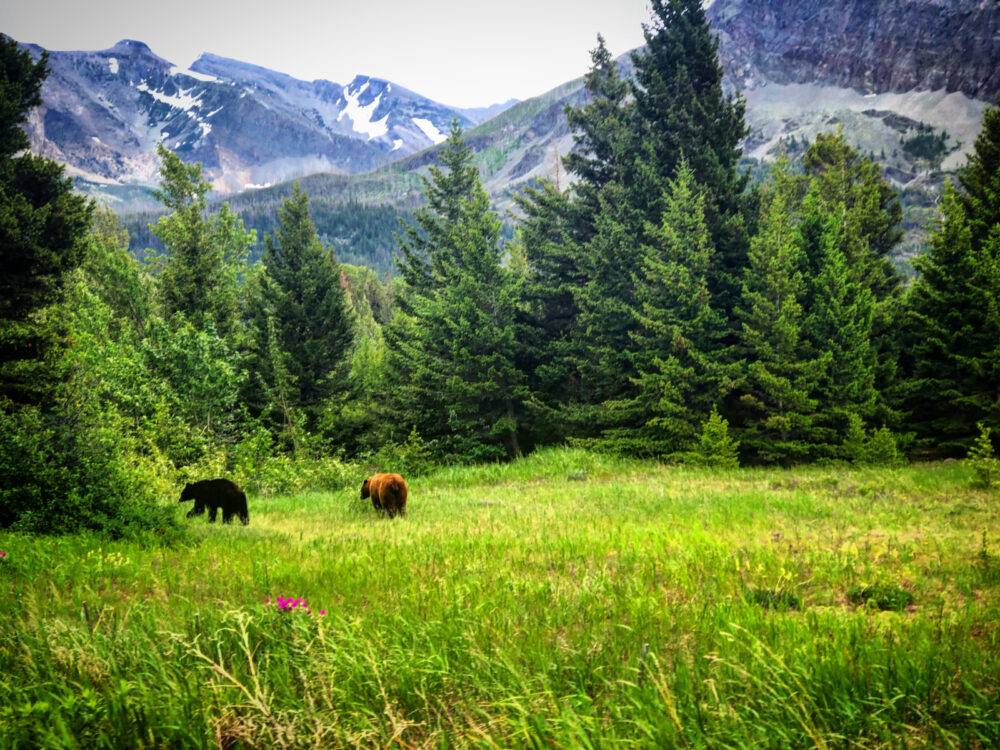
Erika Evert/Shutterstock
A trip to Big Sky Country requires a certain amount of planning and preparation, especially if you plan to take advantage of the many outdoor activities available to visitors.
Before your trip to Montana, you should consider factors specific to the area you’re visiting and any supplies you may need to be comfortable while you’re there.
To ensure you’re fully prepared to enjoy your upcoming trip to Montana, consider some of the following information:
- Despite Montana being a relatively safe place to travel, it’s essential to keep in mind basic safety precautions when traveling, including always traveling with a buddy, keeping your phone charged and available, practicing caution when walking around after dark, and more.
- If you plan to visit Montana during the winter, make sure your trip is either confined to one area of the state, or you’re prepared to travel in the snow. If you rent a car during this time, you should have any gear necessary (e.g., studded tires, chains) to ensure you can drive safely.
- If you’re from a state or country with strict gun control laws, don’t be alarmed if you see Montana residents or visitors walking around with visible firearms. Montana has open carry laws, which means individuals over 18 years old can legally carry a firearm.
- If you plan to hike, camp, or backpack, always plan appropriately and bring appropriate clothing, including layers and proper footwear. You should also bring a navigation device like a compass, map, or smartphone with you, as well as food, water, and shelter.
- Montana is home to abundant wildlife. Be sure to carry bear spray with you when traveling in more remote backcountry areas, always make noise, and research ahead of time what you should do if you encounter common wildlife such as bears, moose, and cougars.
Frequently Asked Questions

CSNafzger/Shutterstock
Here are some of the frequently asked questions people have when visiting Montana.
What is the best time of year to visit Montana?
Montana is a hotspot for outdoor recreation lovers, and because of its unique climate, they draw tourists in both the winter and summer months, depending on their preferred activities.
Montana offers visitors ample options to ski, snowboard, and participate in other snow-related outdoor activities, which brings people to the area in the winter.
December to March typically sees a tourist boom when the mountains are snowy and the resorts fill up, especially around the holidays.
However, tourists who prefer to hike, fish, and camp, usually visit Montana in the summer, especially to access Glacier and Yellowstone National Parks. The Montana tourism industry heats up again around June and stays busy until September when the weather cools again.
Can you see the Northern Lights in Montana?
While Montana may not immediately come to mind when you think of places in the world to view the Northern Lights, lucky visitors to Montana can catch a glimpse of the Aurora Borealis at the right time and place.
You’ll have the best chance of viewing the Northern Lights in undeveloped areas with little light pollution, but even then, the circumstances will have to be correct.
Consider consulting the Aurora Forecast from the University of Alaska to monitor the Aurora Borealis’ activity, and get an idea of what days you may have the best chance of seeing them.
This resource has helpful information on common questions about the Northern Lights and suggests when you may see the lights by ranking geomagnetic storms on a Kp number scale of 0-9. Kp numbers over 5 offer the best chance of seeing the Aurora Borealis.
Is Montana a safe place to visit?
Like every state, some areas of Montana experience higher crime rates than others, but the state is a relatively safe place to visit, and you shouldn’t have any issues traveling through the state so long as you follow basic safety precautions.
Safety concerns in Montana center less around crime and more around issues arising from recreational activities. You should always travel with a buddy, keep a communicating device on you, and take appropriate safety precautions when hiking, skiing, or other outdoor recreational activities.
Suppose you’re concerned about being caught in a natural disaster. You may want to do some safety preparedness for disasters such as earthquakes, forest fires, and winter storms, to which Montana can be subject.
What months does it snow in Montana?
Montana sees the majority of its snowfall from late fall to early spring. Although the amount of snow that falls varies on elevation and climate, all areas of Montana typically see snowfall from November until May.
Areas of Montana with lower elevations receive less annual snowfall, but you can expect snow to be on the ground for roughly half the year in Montana.
Does Glacier National Park close?
Glacier National Park is open at all hours, every day of the year, just like all other National Parks. However, you must pay to enter the park, even when an attendant is not on duty.
Although the park is open full time, not all park areas may be accessible at certain times during the year, based on weather and other conditions.
For example, certain parts of the park may close due to forest fires or wildlife conservation efforts, and the Going-to-the-Sun Road is only open seasonally after the snow melts.
Over to You — Book Your Montana Adventure Today!
Whether you plan to come to Montana during the winter months and hit the slopes or visit when the warm weather means you can spend all night staring at the night sky, Montana is a favorite destination amongst outdoor enthusiasts.
Driving the length of the Going-to-the-Sun Road, visiting the Garden of One Thousand Buddhas, and wading through the boiling river are all uniquely Montana experiences.
Whatever you choose to do on your upcoming trip to Montana, any of the destinations on this list will ensure you remember your trip for years to come. Happy travels!
